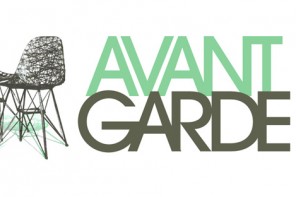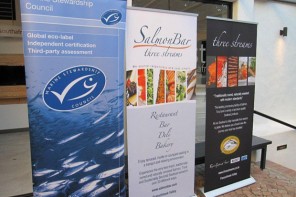You had an amazing eco-friendly wedding and now it’s time to jet-set to a fantastic honeymoon. Don’t leave your green efforts at home! Here are some tips to on how to have a sustainable honeymoon.
Travel as Green as Possible
If you have to get onto a plane, try to make the flight as eco-friendly as possible. This includes the following:
– Packing less so that you reduce emissions by lightening the plane’s load. Less weight means less fuel is required, which also results in less CO2 emissions.
– Bring your e-reading device instead of buying magazines or books for your trip. Not only does this decrease your luggage load, but it prevents you from throwing out magazines or newspapers when you’re done with them.
– Choose planes that contain larger economy class sections. This can make a flight more eco-friendly because the more passengers that can be accommodated on the plane, the less fuel that will be used per passenger.
Where to Go?
There are some honeymoon destinations that are greener than others. Consider booking your sustainable honeymoon through a company that received an award for their environmentally-friendly practices. Examples of such awards include the Conde Nast Wold Saver Award or Travel & Leisure Global Vision Award.
What to Do
You can have a fun time and still be green! When partaking in activities on your sustainable honeymoon, try to avoid things like jet skis and rather use people – or wind-powered activities, such as snorkeling or sailing. Other activities, such as hiking or walking, can also be great ways to explore the new environment without putting a strain on it.
Other Destination Tips:
Choose a small hotel room. This will reduce the amount of energy needed to heat and cool a room, plus it makes sense considering you won’t be cooped up in your love nest all the time.
Bring your own toiletries instead of relying on what’s offered at your honeymoon destination. This prevents unnecessary waste.
Eat locally. Purchase locally-grown fruits and vegetables or homemade goods. This is a great way to prevent carbon miles notched up in the transportation of imported goods, plus it is a fun way to immerse yourself in the food of a different culture.











